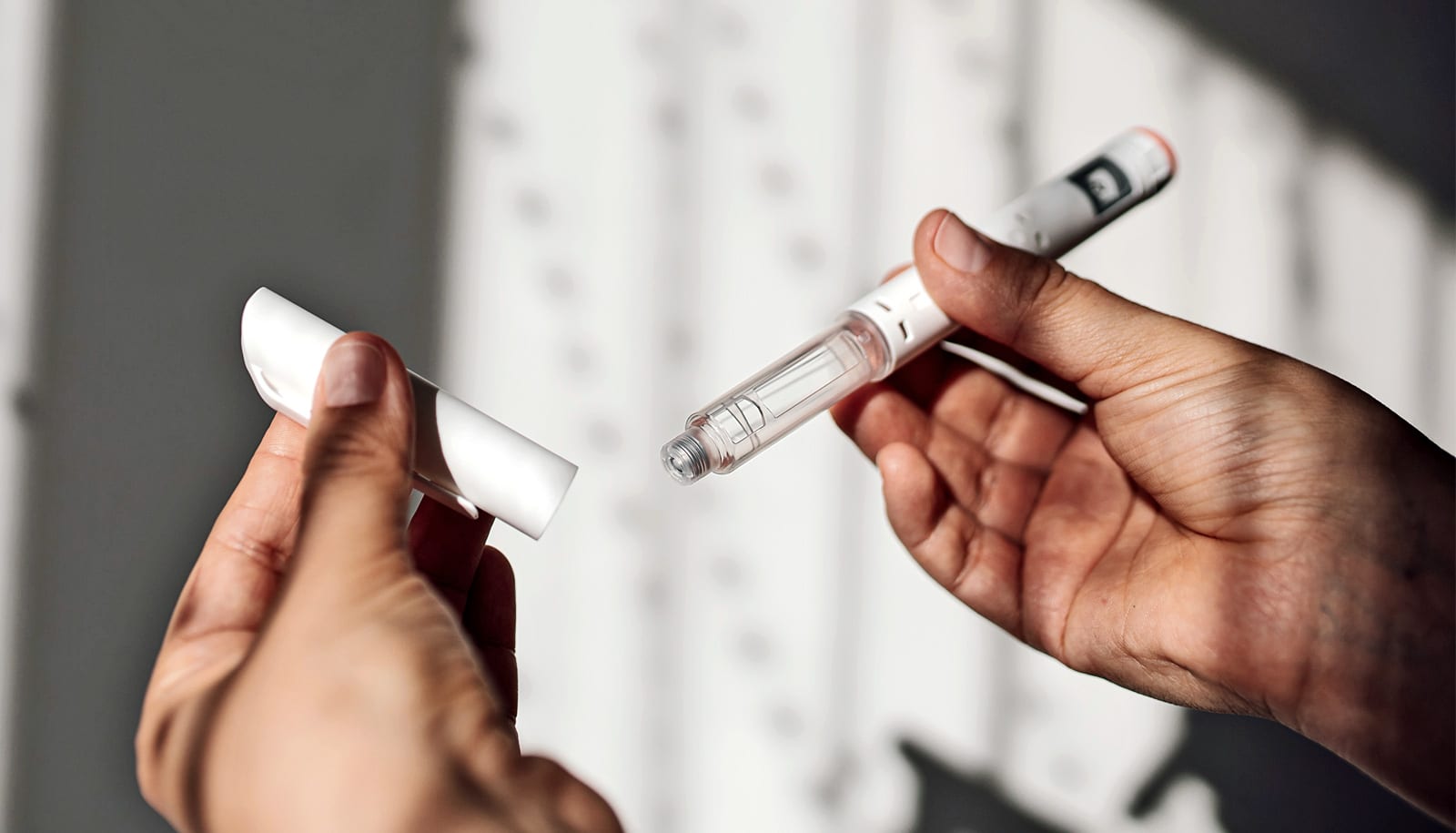New research suggests that medical students aren’t learning enough about the risks and benefits of medical marijuana, despite 29 states and the District of Columbia allowing marijuana use for medical purposes.
Researchers surveyed medical school deans, residents, and fellows, and examined a curriculum database maintained by the Association of American Medical Colleges (AAMC), learning that medical education is not addressing medical marijuana.
Hear researcher Anastasia B. Evanoff discuss the research:
“Medical education needs to catch up to marijuana legislation,” says senior author Laura Jean Bierut, the professor of psychiatry at Washington University in St. Louis and a member of the National Advisory Council on Drug Abuse. “Physicians in training need to know the benefits and drawbacks associated with medical marijuana so they know when or if, and to whom, to prescribe the drug.”
Doctors are being asked to guide patients through areas in which most have no training, she explains.
The research team, led by first author Anastasia B. Evanoff, sent surveys to medical school curriculum deans at 172 medical schools in North America, including 31 that specialize in osteopathic medicine, and received 101 replies. Two-thirds (66.7 percent) reported that their graduates were not prepared to prescribe medical marijuana. A quarter of deans said their trainees weren’t even equipped to answer questions about medical marijuana.
“Medical education needs to catch up to marijuana legislation…”
The researchers also surveyed 258 residents and fellows who earned their medical degrees from schools around the country before coming to Washington University School of Medicine and Barnes-Jewish Hospital in St. Louis to complete their training.
Nearly 90 percent felt they weren’t prepared to prescribe medical marijuana, and 85 percent said they had not received any education about medical marijuana during their time at medical schools or in residency programs throughout the country.
Using data from the AAMC database, the researchers found that only 9 percent of medical schools had reported teaching their students about medical marijuana.
Will legal pot become a public health problem?
“As a future physician, it worries me,” says Evanoff, a third-year medical student. “We need to know how to answer questions about medical marijuana’s risks and benefits, but there is a fundamental mismatch between state laws involving marijuana and the education physicians-in-training receive at medical schools throughout the country.”
However, several states—Missouri among them—have not legalized medical marijuana, and published studies about potential risks and benefits of medical marijuana often are contradictory. So what are schools to teach?
“You address the controversy,” says co-investigator Carolyn Dufault, assistant dean for education at the unoversity and an instructor in medicine. “You say, ‘This is what we know,’ and you guide students to the points of controversy. You also point out where there may be research opportunities.”
The authors argue that as more states legalize marijuana for medical and recreational use, doctors need to have at least enough training to answer patients’ questions.
“More medical students are now getting better training about opioids, for example,” says Evanoff. “We talk about how those drugs can affect every organ system in the body, and we learn how to discuss the risks and benefits with patients. But if a patient were to ask about medical marijuana, most medical students wouldn’t know what to say.”
Can medical marijuana calm kids’ seizures?
The National Center for Advancing Translational Sciences of the National Institutes of Health (NIH) supported this research through a grant to the Washington University Institute of Clinical and Translational Sciences.
The findings appear in the journal Drug and Alcohol Dependence.



